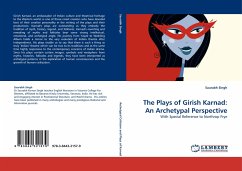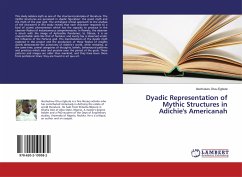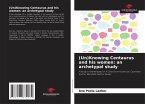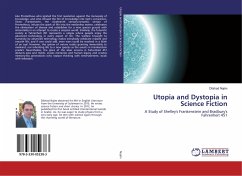In the Oresteia of Aeschylus, the female characters meet with one of five different fates: vilification, silencing or erasure from the text, metamorphosis, sacrifice or murder.This study postulates a connection between the female characters of Aeschylus drama,the mythical archetypes of women found in myth and the fates suffered by each character.The focus in this dissertation is the depiction of female characters in the Oresteia. It investigates how Aeschylus used traditional myths and depictions of women in myth and what the extent and purpose was of his mythopoesis. The study concludes that Aeschylus adapts myth in such a way that it underpins and justifies the patriarchal structures. He changes or eradicates his female characters who threaten to reject these strictures. He supplies us with female figures who support the male cause while he violently negates those women who threaten to damage male authority. The playwright has used the plasticity of traditional myth to support the society of Athens with its attitudes and fears regarding the feminine Other who exists in its shadows.
Bitte wählen Sie Ihr Anliegen aus.
Rechnungen
Retourenschein anfordern
Bestellstatus
Storno








